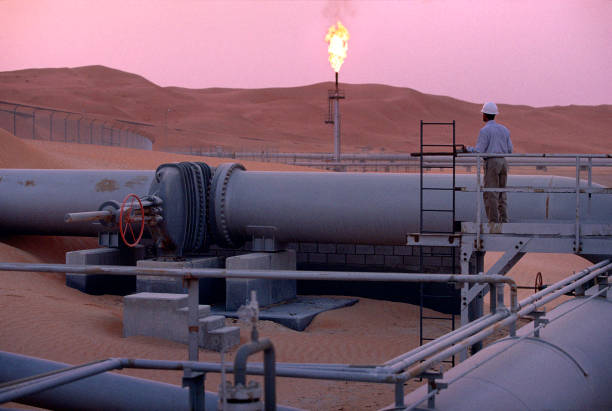WTI breaks below $69.50 due to potential resolution of Libyan dispute

- WTI price loses ground due to indications that a political dispute in Libya, may be coming to an end.
- Libya's two legislative bodies agreed to jointly appoint a central bank governor, easing the conflict over Oil revenue.
- Oil prices fell as the Institute for Supply Management showed that US manufacturing remained sluggish.
West Texas Intermediate (WTI) Oil price extends its losses for the second successive day, trading around $69.40 per barrel during the Asian session on Wednesday. The drop in crude Oil prices is driven by the potential resolution of a political dispute that has halted Libyan exports and concerns over slowing global demand growth.
Reuters reported that Libya's two legislative bodies agreed on Tuesday to jointly appoint a central bank governor, potentially easing the conflict over control of the country's Oil revenue that sparked the recent dispute. The potential agreement to restore the Oil supply could result in more than 500,000 barrels per day returning to the market.
Market sentiment was further dampened by data from the Institute for Supply Management, which showed that US manufacturing remained sluggish, despite a slight improvement in August from an eight-month low in July. The US ISM Manufacturing PMI inched up to 47.2 in August from 46.8 in July, falling short of market expectations of 47.5. This marks the 21st contraction in US factory activity over the past 22 months.
The world's biggest crude importer China showed that manufacturing activity fell to a six-month low in August, with factory gate prices dropping significantly. This has prompted Chinese policymakers to push forward with plans to increase stimulus for households.
Additionally, Oil prices are under pressure from the Organization of the Petroleum Exporting Countries and their allies (OPEC+) plans to increase production in the coming quarter. OPEC+ is poised to move forward with a planned increase in Oil output starting in October. Eight OPEC+ members are set to raise production by 180,000 barrels per day (bpd) next month.
WTI Oil FAQs
What is WTI Oil?
WTI Oil is a type of Crude Oil sold on international markets. The WTI stands for West Texas Intermediate, one of three major types including Brent and Dubai Crude. WTI is also referred to as “light” and “sweet” because of its relatively low gravity and sulfur content respectively. It is considered a high quality Oil that is easily refined. It is sourced in the United States and distributed via the Cushing hub, which is considered “The Pipeline Crossroads of the World”. It is a benchmark for the Oil market and WTI price is frequently quoted in the media.
What factors drive the price of WTI Oil?
Like all assets, supply and demand are the key drivers of WTI Oil price. As such, global growth can be a driver of increased demand and vice versa for weak global growth. Political instability, wars, and sanctions can disrupt supply and impact prices. The decisions of OPEC, a group of major Oil-producing countries, is another key driver of price. The value of the US Dollar influences the price of WTI Crude Oil, since Oil is predominantly traded in US Dollars, thus a weaker US Dollar can make Oil more affordable and vice versa.
How does inventory data impact the price of WTI Oil
The weekly Oil inventory reports published by the American Petroleum Institute (API) and the Energy Information Agency (EIA) impact the price of WTI Oil. Changes in inventories reflect fluctuating supply and demand. If the data shows a drop in inventories it can indicate increased demand, pushing up Oil price. Higher inventories can reflect increased supply, pushing down prices. API’s report is published every Tuesday and EIA’s the day after. Their results are usually similar, falling within 1% of each other 75% of the time. The EIA data is considered more reliable, since it is a government agency.
How does OPEC influence the price of WTI Oil?
OPEC (Organization of the Petroleum Exporting Countries) is a group of 13 Oil-producing nations who collectively decide production quotas for member countries at twice-yearly meetings. Their decisions often impact WTI Oil prices. When OPEC decides to lower quotas, it can tighten supply, pushing up Oil prices. When OPEC increases production, it has the opposite effect. OPEC+ refers to an expanded group that includes ten extra non-OPEC members, the most notable of which is Russia.





